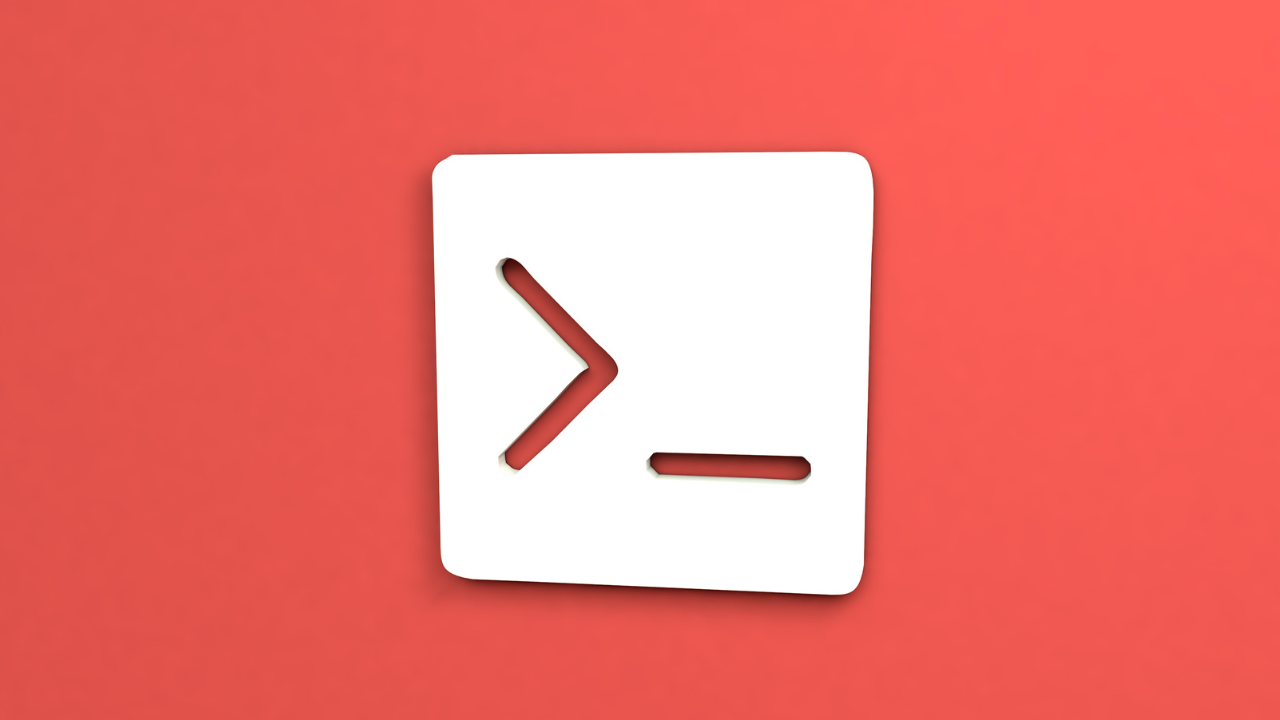Guide: Create a macOS Desktop Shortcut Using Jelly CLI
Learn to create a macOS desktop shortcut with Jelly language. Includes steps to compile the Jelly CLI.

Welcome to our guide on creating macOS desktop shortcuts using Jelly Language, now in version 3.0. This latest release brings many improvements, making it more powerful and easier to use. By building the Jelly CLI, you can access these new features. Open-Jelly Core is a free, open-source project available on GitHub.com/OpenJelly/Open-Jellycore.
Prerequisite
Apple often pushes towards forced obsolescence, making it challenging for users to keep up without frequently purchasing new hardware. This guide is written on a 10+ year old MacPro, demonstrating that you don't need the latest M1, M2, M3, or M4 chips to build the Jelly (aka Jellycore) CLI.
Installing macOS Sonoma with OpenCore Legacy Patcher
My older MacPro works efficiently thanks to ample RAM, which is affordable for older models. Check out Other Worldly Computing's Clearance Section for deals.
To install macOS Sonoma, I used OpenCore Legacy Patcher. This open-source tool modifies the macOS installer, allowing upgrades on older Macs. Watch this YouTube video for a step-by-step installation guide.
Disclaimer: For Those Who Prefer the Path of Lease Resistance
If the idea of using Terminal and command-lilne makes you break out in a cold sweat, fear not! You don't have to endure this kind of agony. Skip the hassle and dive straight into writing and publishing your code effortlessly. Download Jellycuts on iOS and start creating today with no issues at all. Your future self may thank you!
Getting Started
Step 1: Create a Working Directory
Create and navigate to a Developer folder:
mkdir ~/Developer
cd ~/Developer
Step 2: Clone Open-Jellycore from GitHub
Clone the Open-Jellycore repository:
git clone https://github.com/OpenJelly/Open-Jellycore.git
cd ~/Developer/Open-Jellycore/resources
Step 3: Build the Jelly CLI
Run the build script:
bash ./build.sh
You should see output indicating the build is progressing:

And finally, a successful build:

Step 4: Install the jelly CLI to /usr/local/bin
Move the newly created Jelly CLI to the appropriate directory:
sudo cp ../.build/release/jelly /usr/local/bin/jelly
Step 5: Verify your install
This should return the new where the jelly CLI is located.
which jelly
Step 6 - Create a Shortcut
While still in ~/Developer/Open-Jellycore/resources directory, run this command to create a shortcut.
jelly Hello.jelly --export --out ./helloworld.shortcut
Signing Your Shortcut
When you create your Shortcut, it comes unsigned. This means that you will not be able to install it on iOS or macOS just yet. The next step will be to sign your shortcut using RoutineHub's HubSign Service.
Coming Soon.
Thanks!
By following these steps, you can create a desktop shortcut using Jelly on an Intel-based Mac. As a reminder, if you'd prefer to just start writing code and publishing your work on RoutineHub, download Jellycuts on iOS.


